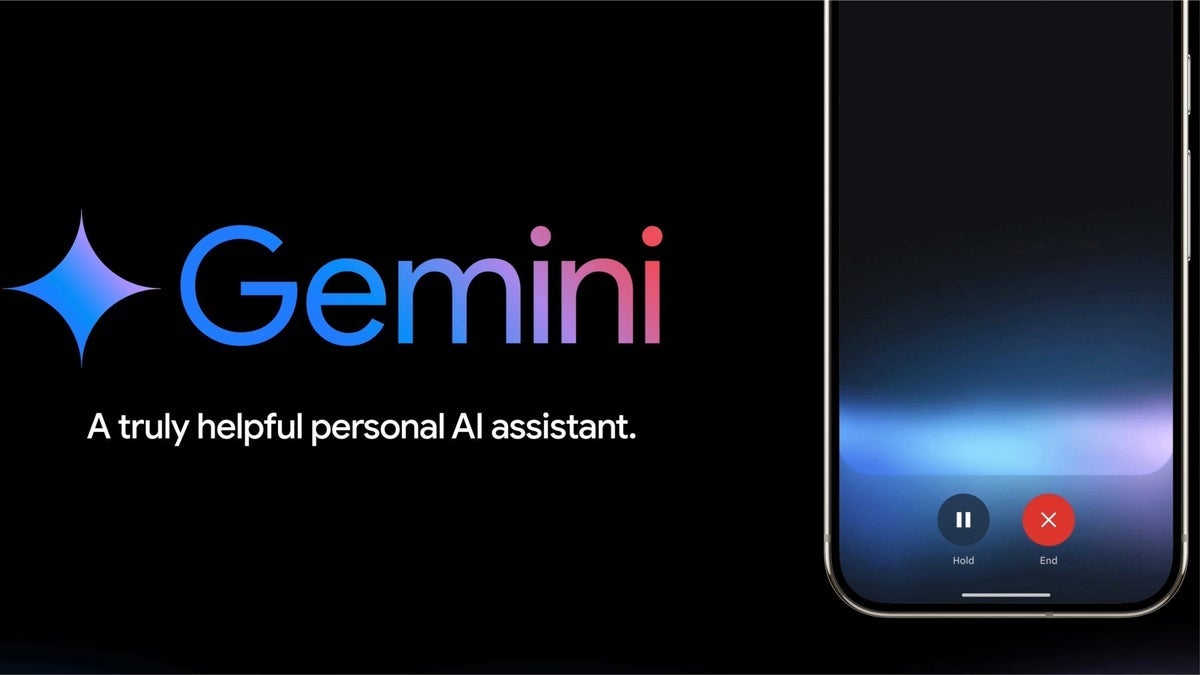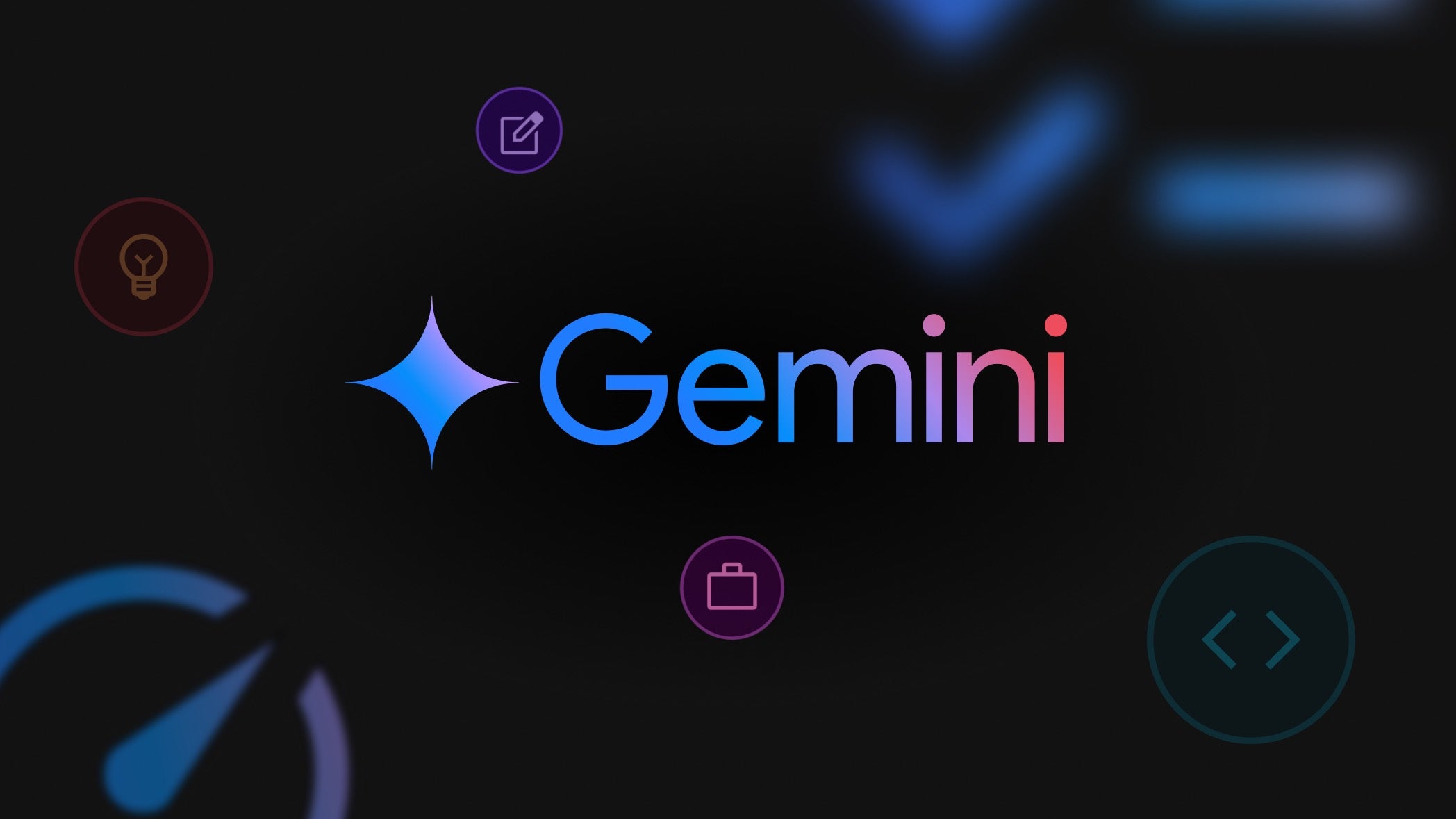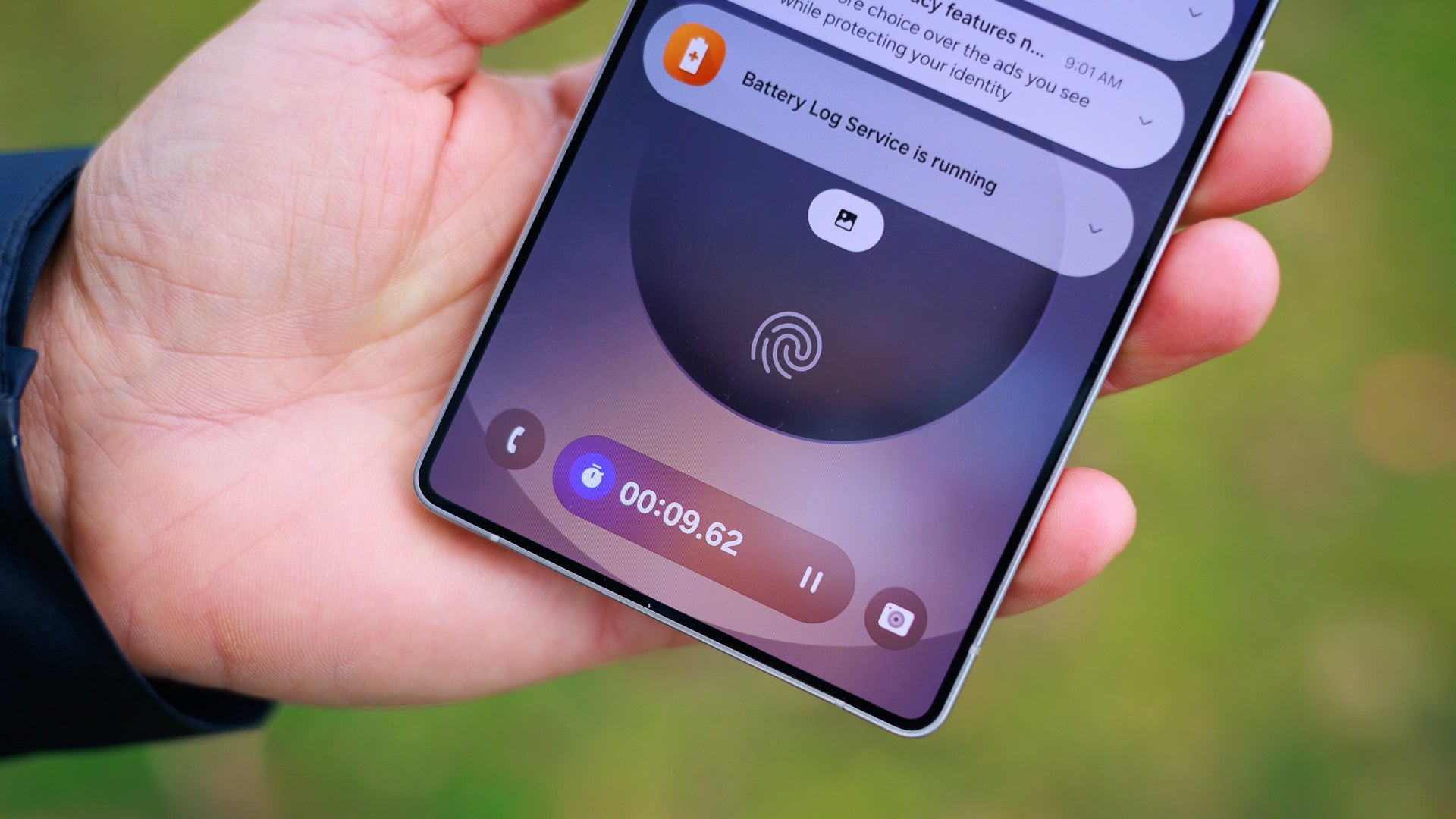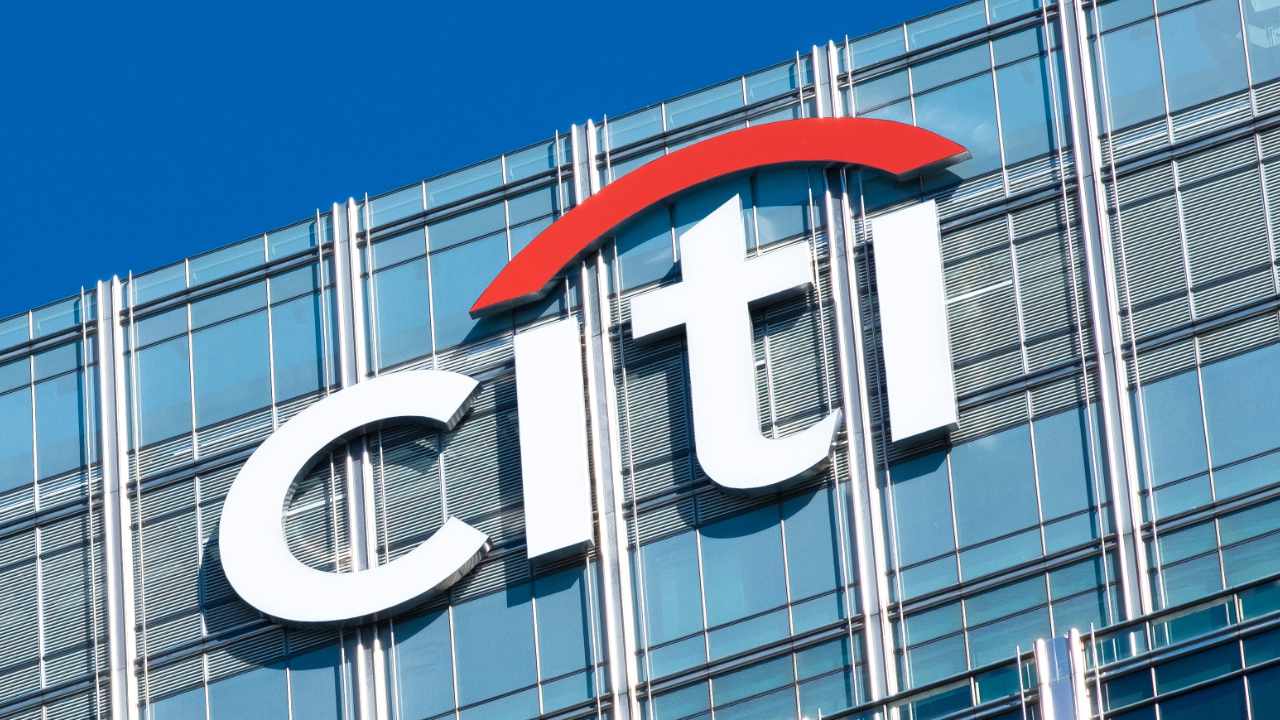LinkedIn wants you to tell its AI about your dream job
LinkedIn is still on a mission to persuade job hunters to apply for fewer roles. But the company is rolling out a new set of AI-powered upgrades to its job-searching features it hopes will make that prospect more appealing. The company is introducing a revamped search tool that aims to make it easier for job seekers to find relevant roles. Up to now, LinkedIn’s job search feature relied mostly on matching keywords. With the update, though, LinkedIn is ditching the keywords in favor of AI so its system is able to understand job listings on a much deeper level. This should, according to the company, allow job hunters to search postings using more natural language. “Search used to be [a] very specific couple of boxes, and the box that really mattered was the box that said, ‘show me a title or a keyword or skill,’ and you basically had to hope that you will find a title or keyword or skill that the system understands,” LinkedIn product manager Rohan Rajiv explains. Now, though, he says, job searchers should be able to just “say what you want and the system will understand you.” That may sound like a subtle change but it’s a potentially powerful one because it allows people to get much more specific with their queries. Users can still search for roles based on job tiles like “product manager” but LinkedIn will also be able to understand more complex searches like "business development roles in the video game industry.” As an extra layer of transparency, LinkedIn will also surface indicators when the company behind a given posting is actively reviewing applications. Premium subscribers will also get access to AI-powered “job coaching,” with the ability to practice interview questions, pitches and other tasks. LinkedIn Still, AI-powered tools can only go so far. “The reality is that we have a marketplace where the number of job seekers year-over-year is growing faster than the number of jobs year-over-year,” Rajiv says. And he’s aware that his pleas that job hunters stop applying to as many open roles as possible isn’t the kind of advice many people want to hear, though he stands by it. “The truth is that volume is not your friend in the job search,” he tells Engadget. “It's only one extra apply, but you multiply that with 500 people, and suddenly the poster has got 500 new applicants that they are going to need to screen. That's only making it worse.” He does, however, think that LinkedIn can do even more to guide people to the “right” roles. “You can imagine the possibilities of this: for us to say, ‘hey, this job probably [is] not a fit, but based on your skills, let me construct a search that will help you find what you are looking for.’ And I think that that is the future.”This article originally appeared on Engadget at https://www.engadget.com/social-media/linkedin-wants-you-to-tell-its-ai-about-your-dream-job-133046457.html?src=rss

LinkedIn is still on a mission to persuade job hunters to apply for fewer roles. But the company is rolling out a new set of AI-powered upgrades to its job-searching features it hopes will make that prospect more appealing.
The company is introducing a revamped search tool that aims to make it easier for job seekers to find relevant roles. Up to now, LinkedIn’s job search feature relied mostly on matching keywords. With the update, though, LinkedIn is ditching the keywords in favor of AI so its system is able to understand job listings on a much deeper level. This should, according to the company, allow job hunters to search postings using more natural language.
“Search used to be [a] very specific couple of boxes, and the box that really mattered was the box that said, ‘show me a title or a keyword or skill,’ and you basically had to hope that you will find a title or keyword or skill that the system understands,” LinkedIn product manager Rohan Rajiv explains. Now, though, he says, job searchers should be able to just “say what you want and the system will understand you.”
That may sound like a subtle change but it’s a potentially powerful one because it allows people to get much more specific with their queries. Users can still search for roles based on job tiles like “product manager” but LinkedIn will also be able to understand more complex searches like "business development roles in the video game industry.”
As an extra layer of transparency, LinkedIn will also surface indicators when the company behind a given posting is actively reviewing applications. Premium subscribers will also get access to AI-powered “job coaching,” with the ability to practice interview questions, pitches and other tasks.
Still, AI-powered tools can only go so far. “The reality is that we have a marketplace where the number of job seekers year-over-year is growing faster than the number of jobs year-over-year,” Rajiv says. And he’s aware that his pleas that job hunters stop applying to as many open roles as possible isn’t the kind of advice many people want to hear, though he stands by it.
“The truth is that volume is not your friend in the job search,” he tells Engadget. “It's only one extra apply, but you multiply that with 500 people, and suddenly the poster has got 500 new applicants that they are going to need to screen. That's only making it worse.”
He does, however, think that LinkedIn can do even more to guide people to the “right” roles. “You can imagine the possibilities of this: for us to say, ‘hey, this job probably [is] not a fit, but based on your skills, let me construct a search that will help you find what you are looking for.’ And I think that that is the future.”This article originally appeared on Engadget at https://www.engadget.com/social-media/linkedin-wants-you-to-tell-its-ai-about-your-dream-job-133046457.html?src=rss








































































































































































![[The AI Show Episode 146]: Rise of “AI-First” Companies, AI Job Disruption, GPT-4o Update Gets Rolled Back, How Big Consulting Firms Use AI, and Meta AI App](https://www.marketingaiinstitute.com/hubfs/ep%20146%20cover.png)












































































































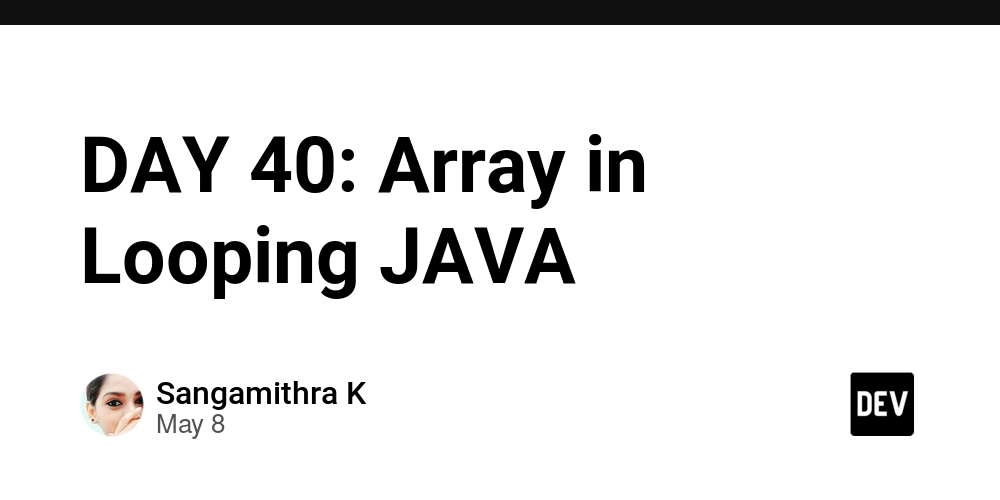


















































































































































































































































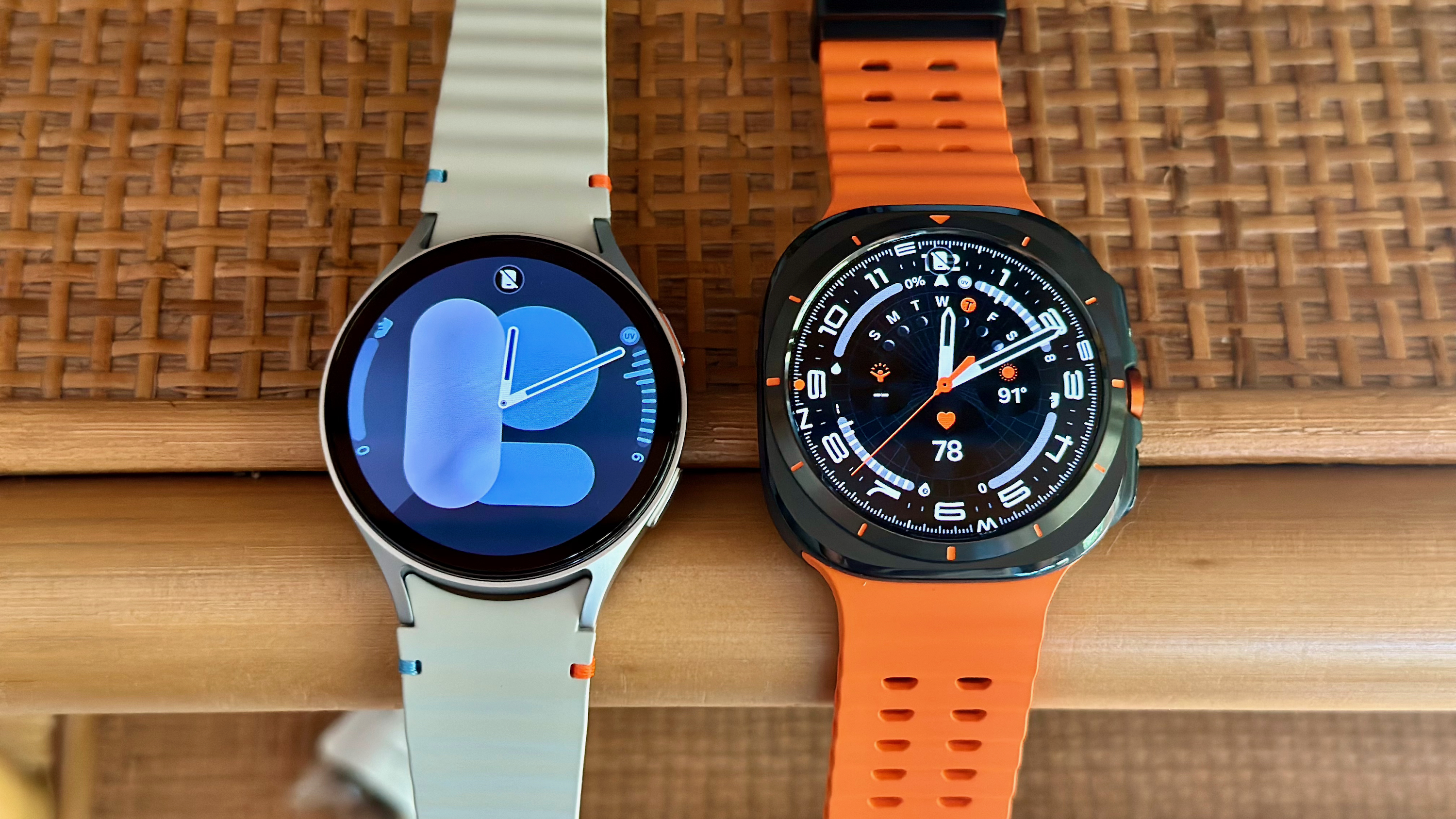

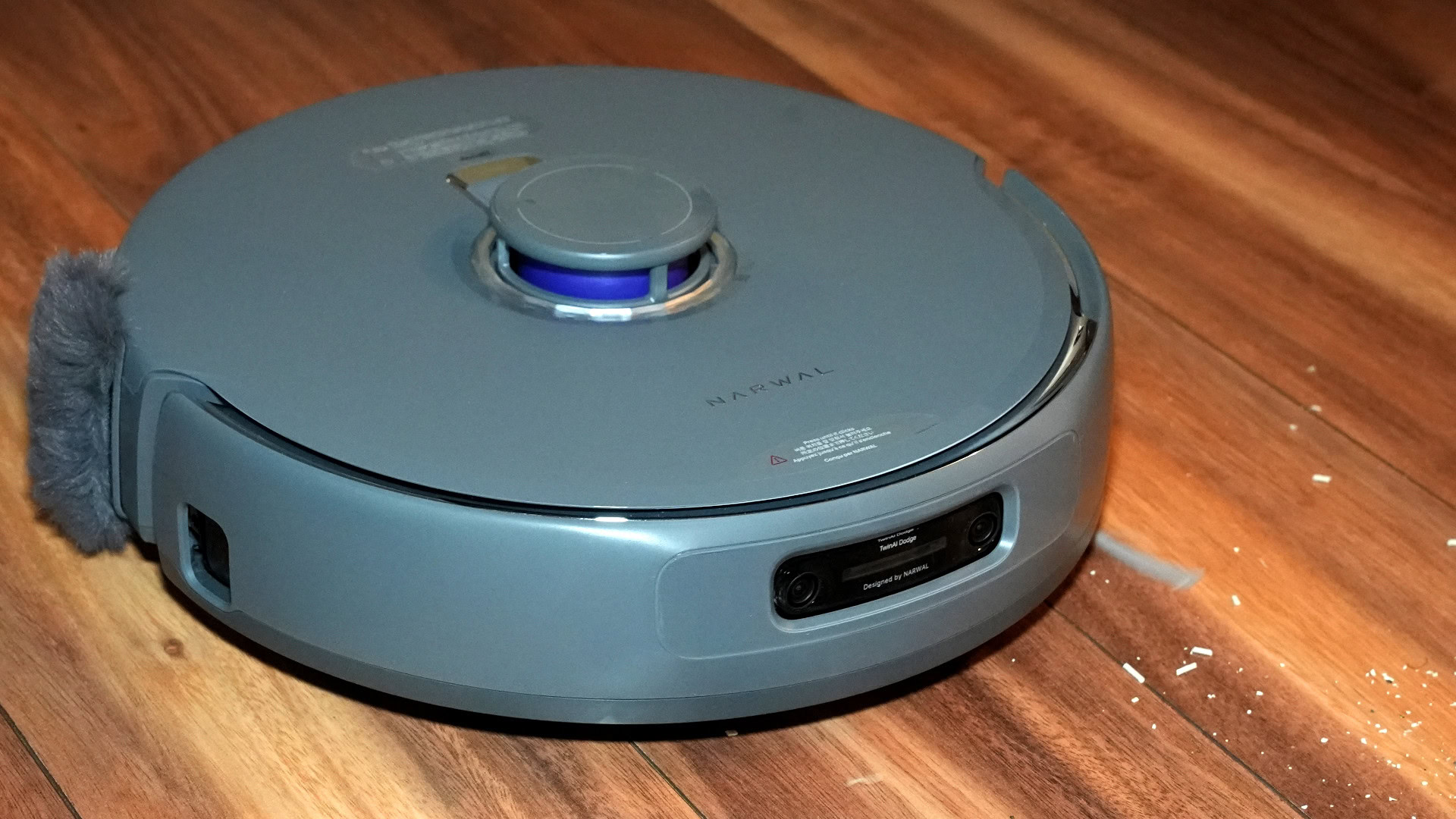



















![Beats Studio Pro Wireless Headphones Now Just $169.95 - Save 51%! [Deal]](https://www.iclarified.com/images/news/97258/97258/97258-640.jpg)




















































